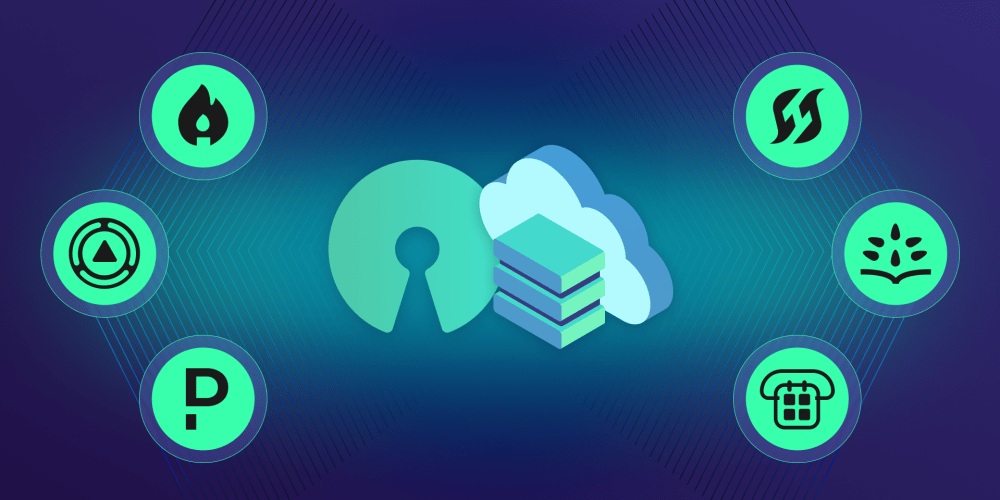We are all part of the internet. Most people have smartphones, laptops, and other electronic devices we can access online. What will the future of the internet be? Yeah, it’s web3.0.
Today we are going to talk about web 3.0. I am also learning and researching about web 3.0 but I like to share knowledge that I have found so far.
Web 3.0 is the next evolution of internet technology. Better internet for everyone is the vision of Web 3.0. Web 3.0 is based on artificial intelligence, machine learning, and utilizing blockchain technology and the tools of decentralization. Web 3.0 transfers authority and power from corporations to individuals. That means in web3.0 you will be the owner of the content you publish online. This is somewhat accurate, so if you want a post to remain online, it will, but if you want to remove it, you can do so.
Before we go deep down in web3.0 let’s figure out how we end up here and why…
I love to explain it with the example that all of us face when we use the internet.
All of us use social media and the internet because of that I am sure all of you have experienced that scenario.
My friend and I talked about the iPhone and its pricing online, and I also searched the internet for information about the iPhone. While I was browsing some websites for some content, iPhone-related ads started popping up everywhere. Wow! How can it be? Well, you know what? We all know how that works. Those leading internet companies took our data and information and sold it to 3rd party companies. That’s why it happened.
Before talking about this issue, I like to look at the history of the World Wide Web. I think it will help you to understand this better. Let’s break down the web into three parts. We have web1.0 web2.0 and web3.0
Web1.0 ( 1990–2004)
In 1989 Tim Berners Lee developed the decentralized protocols that help people to share information from anywhere on earth.
Web 1.0 is read-only content just like a Wikipedia page and the web is not interactive.
Web2.0 ( 2004-now)
Web 2.0 is read-write content. JS, HTML5, and CSS3-like web technologies made the internet much more interactive, and because of that there are created several companies like Facebook, Youtube, etc… but the worst part is in Web 2.0 you were the product as you browsed social networks.
When we seek out information or data from any kind of web platform on the internet, we unknowingly provide them with information related to our choices. The internet gives information that is stored in cookies and letters they send to various companies who make use of this data to advertise.
this is how I was able to see ads for the iPhone that I used to search and talk with my friends and this is one of the biggest issues in web2.0
We can change it to help with wb3.0, let’s see how
Web3.0 ( The future)
Gavin Wood, a co-founder of Ethereum, came up with the concept of “Web 3.0” immediately after Ethereum launched in 2014.
The phrase “Web3” has come to represent the idea of a new, improved internet. In essence, Web3 uses blockchains, cryptocurrencies, and NFTs to return ownership and authority to the consumers.web3.0 will be read-write-own.
The next chapter is the creation of the internet, which will employ blockchain and artificial intelligence to process data at a level of intellect close to that of a person. They operate cutting-edge systems that assist consumers by giving them pertinent options. It represents a significant step toward permissionless, open networks.
Web 3.0 is propelled by new layers of technological innovation, whereas Web 2.0 was primarily driven by the advent of mobile, social, and cloud technologies.
The layers of web3.0
Edge computing
A distributed computing paradigm called “edge computing” brings computation and data storage closer to the data sources.
Edge is about processing data more quickly and in larger volumes near the point of generation, providing action-driven solutions in real time.
Decentralization
It can be stored in multiple locations at once, decentralizing it and destroying the biggest databases currently housed by internet behemoth corporations. Decentralization increases individual power.
Artificial Intelligence & Machine Learning
Natural language processing and semantic web principles are used to create Web 3.0 technology. Computers will be able to comprehend the data similarly to how people do.
Blockchain
Blockchain.com is a provider of financial services for cryptocurrencies. Blockchain is a decentralized, immutable database that makes it easier to track assets and record transactions in a corporate network.
And also there are key features of web3.0
Ownership
Permission less
Trustful
Native Payments
Identity
Decentralized autonomous organizations
Censorship resistance
Through Web 3.0, everyone can access the internet at all times and from any location. LOT technology will introduce several upcoming smart devices. As opposed to Web 2.0, these internet-connected devices won’t just be restricted to computers and smartphones.
With Web 3.0, participants can engage directly without the requirement for a trusted third party or authorization from a governing body. As a result, you can access any data that is pertinent to your choices without obtaining authorization from any other node or outside party. Simply put, we are not required to accept cookies on the website, and you are not required to submit any kind of information.
Web 3.0 is a massive topic and a very interesting area to cover. I will learn more about web3.0 and come back with another article on webweb3.0. This article only covers the very basics of web3.0


















